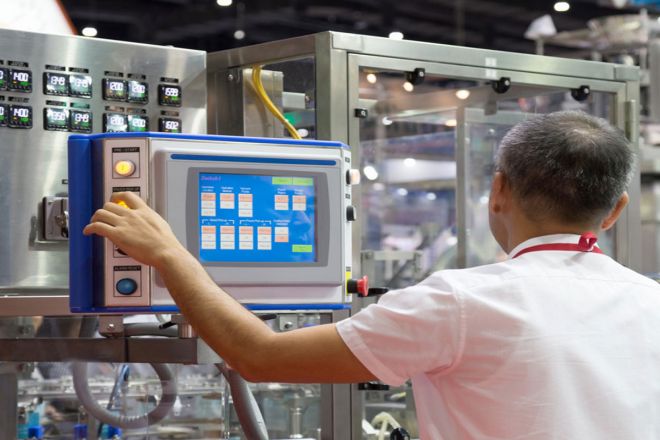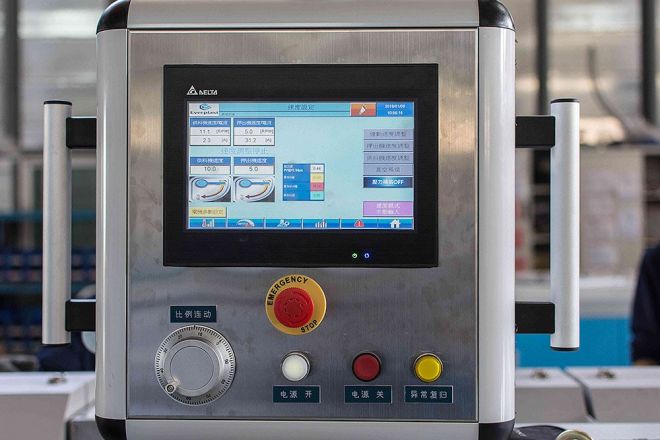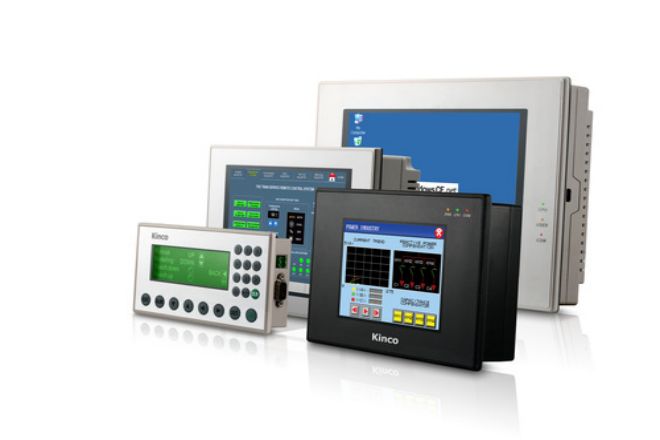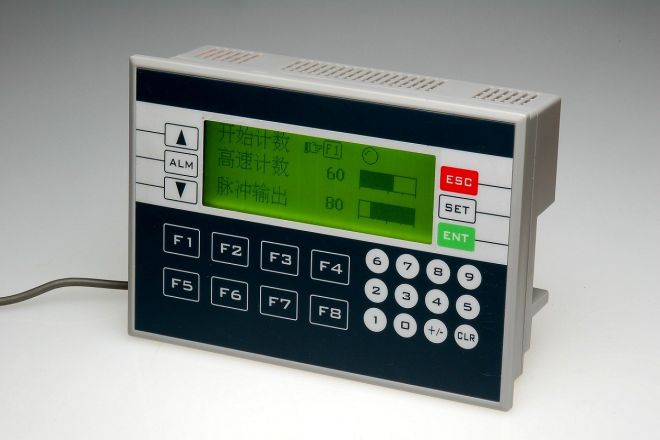Introduction

Carton-packing machines play an important role in the modern packaging industry. It is a machine equipment for the automatic packaging of cartons, which can effectively improve the packaging speed and quality as the control interface of the carton packaging machine, HMI (Human Machine Interface), plays a vital role in this process.
This article will introduce you to what HMI is; let’s take a look.
1. What is HMI?
HMI is the abbreviation of HumanMachineInterface, “Human-Machine Interface,” also called Human-Machine Interfaces. It is a technology that interacts with people through physical devices such as touch screens and buttons. Through the HMI, the operator can intuitively understand the status, operation steps, and various parameters of the machine so as to control and monitor the work of the machine conveniently. Using HMI on the carton packaging machine can greatly improve the work efficiency of the operator, reduce the difficulty of operation, and reduce errors and omissions.
2. Advantages of using an HMI on a carton packer

- Intuitive and easy to use:
HMI makes the operation more intuitive and easy to understand through the graphical interface and touchscreen technology. Users can control and monitor the carton packaging machine through simple touch and gesture operations, reducing complex physical buttons and switches.
- Information display:
HMI can display the working status, parameter settings, alarm information, etc., of the carton packaging machine in real-time. Operators can clearly understand the operation of the machine, find and deal with abnormal situations in time, and improve the efficiency of production management.
- Flexibility and scalability:
HMI has high flexibility and scalability. Through software programming, interface customization and function expansion can be carried out according to the different needs of the carton packaging machine. This enables HMI to adapt to different production environments and changes in requirements.
- Fault diagnosis and maintenance:
HMI can provide real-time fault diagnosis and maintenance information. It can display fault codes and prompts, help operators quickly locate the cause of faults, and provide corresponding maintenance guidance, reducing maintenance time and costs.
3. HMI interface types

There are various types of HMI interfaces. According to different requirements and application scenarios, the following common interface types can be selected:
- Touchscreen interface:
Touchscreen is the most common and commonly used type of HMI interface. It can realize the interaction with the machine through touch and gesture operation, which is intuitive and easy to operate.
- Keyboard and button interfaces:
In addition to touching screens, some cartooning machines can also be equipped with physical keyboards and buttons for specific operations or parameter input. This interface type is more convenient and efficient in some scenarios.
- Mouse and pointer interface:
Some advanced HMI devices also support mouse and pointer operations, similar to the way a personal computer operates. This interface is suitable for scenarios that require more fine-grained control and manipulation.
4. The basic unit of HMI
HMI consists of the following basic units, each of which plays an important role:
- Display screen:
The display screen is the core component of HMI, which is used to display the working status, parameter settings, alarm information, etc., of the carton packaging machine. The size, resolution, and display technology of the display screen varies depending on the application scenario. Common ones include liquid crystal display screens and organic light-emitting diodes (OLEDs).
- Processor:
The processor of the HMI is responsible for receiving user input operations and performing corresponding processing and control according to the operations. It controls the content refresh of the display screen and, at the same time, communicates and exchanges data with the control system of the carton packing machine.
- Memory:
The memory is used to store information such as HMI programs, data, and parameters. It includes program memory (used to store HMI interface and function codes), data memory (used to store runtime data), and configuration memory (used to store user settings and parameters).
5. How to control the HMI using the carton packer?

Controlling an HMI using a carton packer requires the following steps:
- Interface design:
According to the function and operation requirements of the carton packaging machine, design the HMI interface layout, icons, buttons, etc. Interface design should consider user-friendliness, smooth operation, and clarity of information display.
- Write the HMI program:
Use the corresponding programming software to write the HMI program. The program includes the setting of interface elements, the writing of operation logic, and the communication interface with the carton packing machine, etc.
- Debugging and testing:
Load the written HMI program into the HMI device and connect it to the carton packing machine. Conduct debugging and testing to verify the correctness and stability of HMI functions and interactions.
- Deployment and operation:
After confirming that the HMI program is correct, deploy the HMI device to the carton packaging machine. Through the touch screen or other operating methods, the operator can realize control and monitoring of the carton packaging machine.
Conclusion
As an important interface for human-computer interaction, the HMI of the carton packaging machine provides an intuitive and easy-to-operate way to monitor and control the carton packaging process. Its advantages include intuitive and easy-to-use information display, flexibility, and fault diagnosis. With the continuous advancement of technology, the application of HMI in carton packaging machines will be further developed, bringing more efficient and intelligent solutions to the carton packaging industry.
